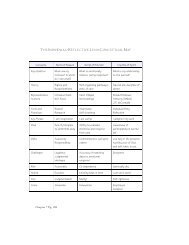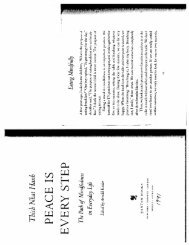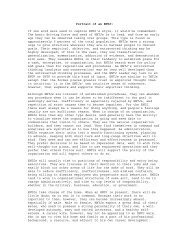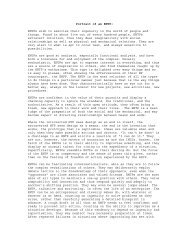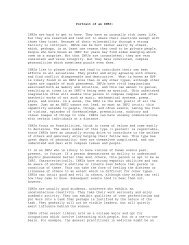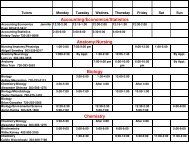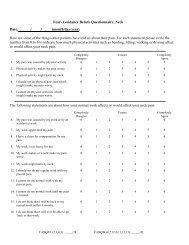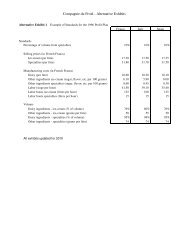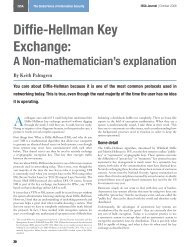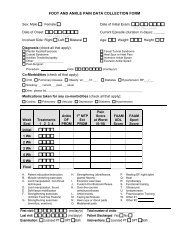Andragogy - Regis
Andragogy - Regis
Andragogy - Regis
Create successful ePaper yourself
Turn your PDF publications into a flip-book with our unique Google optimized e-Paper software.
<strong>Andragogy</strong> – Malcolm Knowles 2<br />
Analysis of <strong>Andragogy</strong><br />
When applying andragogy to learning, the task or goal of the learner will determine if direct or<br />
indirect methods of instruction should be used. If a concept is one that is previously unknown to<br />
the learner, then more direct instruction will be necessary. An effective method is to address<br />
specific topics of immediate concern and then expand to how it can be applied in other<br />
situations. However, the learner needs to know why the concept to be learned is important in<br />
order for the learner to remain motivated.<br />
Despite the learner ultimately having control of learning through self-directed means, the<br />
instructor and instructional designer needs to facilitate the opportunities for the learner to<br />
experience growth. <strong>Andragogy</strong> reorients adult educators from educating people to helping them<br />
learn. The methods used may range from isolated instruction within a curriculum or integrated<br />
instruction. It may also encompass intentional and unintentional learning situations. As an<br />
example, when designing materials to facilitate learning a computer program, providing a list of<br />
commands that must be memorized is inadequate. The instructions need to be organized by task<br />
and presented in a manner similar to how it will be used.<br />
There is a significant amount of flexibility provided in regards to the development of<br />
interpersonal and intrapersonal dimensions. However, the learner must be within an<br />
environment that values self-directed learning. Knowles places an emphasis on the concept of<br />
the safe environment. In particular with workplace training and development, McGregor’s<br />
Theory X & Theory Y Management Philosophy comes into play. If an organization is based in<br />
Theory X and they attempt to utilize training & development based on the principles found in<br />
Roger’s Experiential Learning, then there will be resistance to the training that could prevent its<br />
success.<br />
Knowles envisioned that learning was lifelong. A particular skill might be taught once; however,<br />
within a supportive environment, the learner might learn new approaches or methodologies from<br />
their fellow learners over time. Even though there is a lot of emphasis on the self-directed<br />
learner, this person cannot exist in a vacuum. They need to be surrounded by other self-directed<br />
learners and grouped in a manner that they can learn new perspectives from learners with<br />
different, but applicable experiences.<br />
When To Use <strong>Andragogy</strong><br />
Andragogical methods are best when they can be applied are in community situation and<br />
industry/corporate situations that are supportive of a self-directed learner.<br />
Community centers are a prime example of this (YMCA, etc.), adult learners who desire to learn<br />
new skills ranging from pottery to CPR, golf to ham radio, or home and car repairs can do so in a<br />
non-threatening environment. It is not expected that the learner will develop an expert level of<br />
knowledge of these skills, but a level that meets their immediate needs.<br />
Human Resource departments should also consider andragogical principals when designing their<br />
employee development programs, providing the organization whose management style is one<br />
that is represented by McGregor’s Theory Y. By placing a value on training and development,<br />
employees will be motivated to learn new skills to help them in their career development.<br />
Steven R. Crawford for ECI 761





